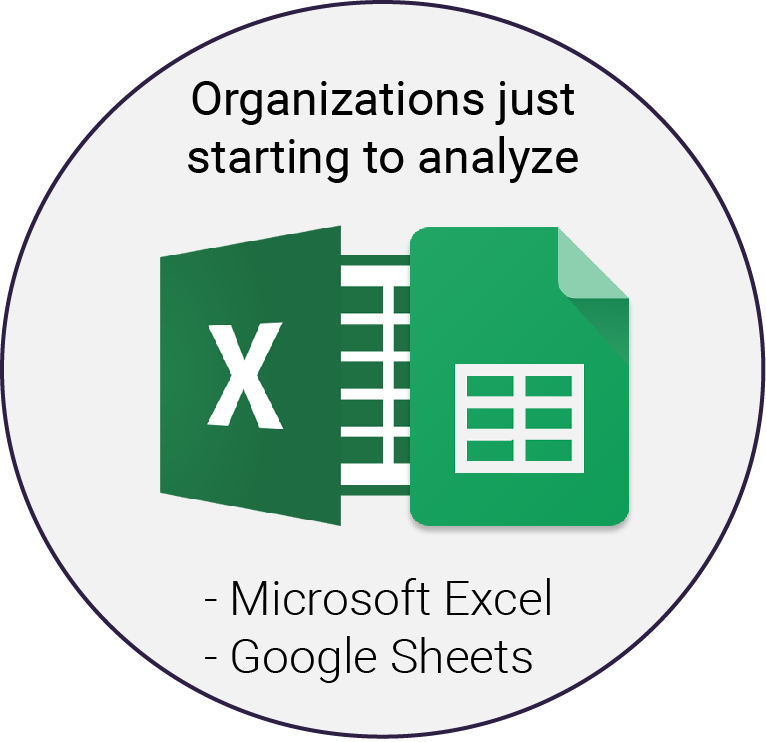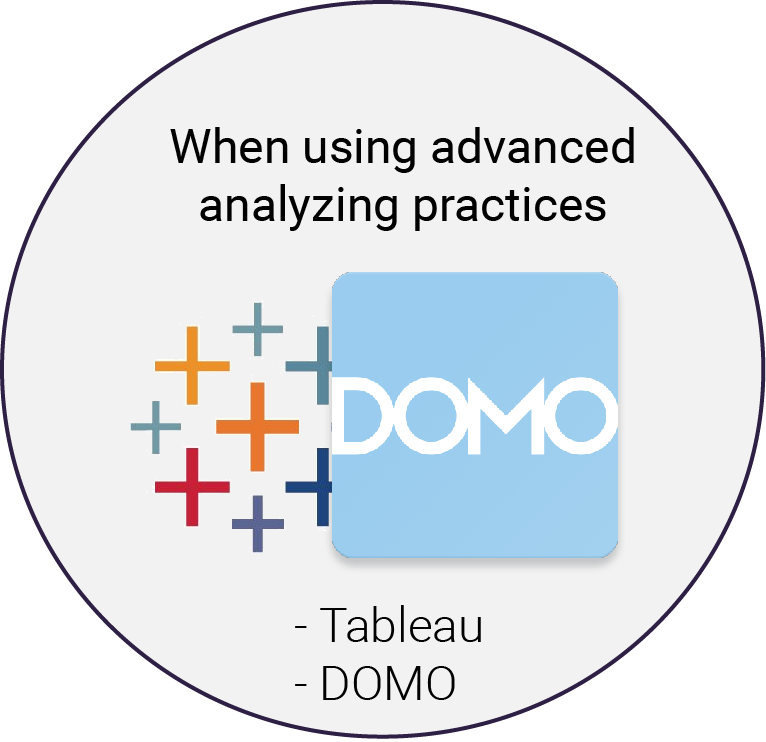Diagnose
Talent Optimization Certification
Talent Optimization Foundation
Design
Hire
Inspire
Diagnose
Analyze objectively
Why analyzing objectively is important to talent optimization
Returning to our medical example, analyzing the evidence is akin to a doctor determining how to solve the problem of high cholesterol by examining blood testing results. In business terms, this is where you’ll look at the people data you’ve collected and generate a hypothesis based on your expertise.
As always, you must analyze your data within your business context. For example, you may conduct a leadership gap analysis that evaluates your leadership team’s execution style and abilities relative to your business strategy. Or you may need to work backward from a poor business result such as a slip in production quality. Remember that in business, nearly every problem is a people problem. Analyzing people data objectively uncovers issues that aren’t obvious, which allows you to quickly and effectively take action.
Your analysis might result in a pile of corrective actions you need to take. Don’t try to solve everything all at once. You need to prioritize. When deciding which problem to solve, take the following steps:
- Examine the magnitude.
- Determine the relevance.
- Consider the breadth.
- Look for repetition.
1. Examine the magnitude.
Some problems are bigger than others, and examining the magnitude of each allows you to separate the major problems from the minor ones. Let’s say your engagement score comes back and a mere 10 percent of your customer service reps are “highly engaged.” This is a very low score. You’ll want to act fast before turnover becomes a major issue.
Recommended Action: Consider the magnitude of a given people problem.
2. Determine the relevance.
Relevance is where you’ll ask yourself “Does this problem really matter?” Is a suspected people problem really affecting business outcomes or employee welfare? If not, tackle others first and circle back to this one later.
Another aspect of relevance deals with not the number of employees affected but the caliber of those affected. If your high-performing employees alert you to a problem in an engagement survey, prioritize that issue ahead of another that was flagged by your lower performers. High performers who are disengaged are flight risks; work quickly to retain them.
Recommended Action: Consider the relevance of a given people problem.
3. Consider the breadth.
Breadth refers to how widespread a problem is. An average employee engagement score may not be concerning if it reflects a small percentage of the overall company, but if 90 percent of employees are less engaged than you’d like, this may be a systematic problem. This is something you must prioritize.
Recommended Action: Consider the breadth of a given people problem.
4. Look for repetition.
Look at your data and try to find repetition. Look for patterns or a theme. Is this a problem that happens again and again? Are low engagement scores more common for newer employees? Does performance slide when a manager’s team grows to have too many direct reports? If so, you’ll want to figure out the “why” and address it in short order.
Recommended Action: Look for a pattern related to a given people problem.
What Analytic tools


No matter what tool you choose, thoughtful analysis will help you surface underlying trends and patterns to help you make better, more data-driven decisions.
![]() DIAGNOSE >>
DIAGNOSE >>  DESIGN >>
DESIGN >> ![]() HIRE >>
HIRE >>  INSPIRE
INSPIRE
When analyzing apparent issues and prioritizing improvement actions in the Diagnose aptitude, it’s important to remember the earlier talent optimization aptitudes.
There is a tight relationship between the aptitudes. Because of its analytical nature and proximity to business results, Diagnose often shines a bright light on parts of the organization that have skipped important steps on the path toward talent optimization.